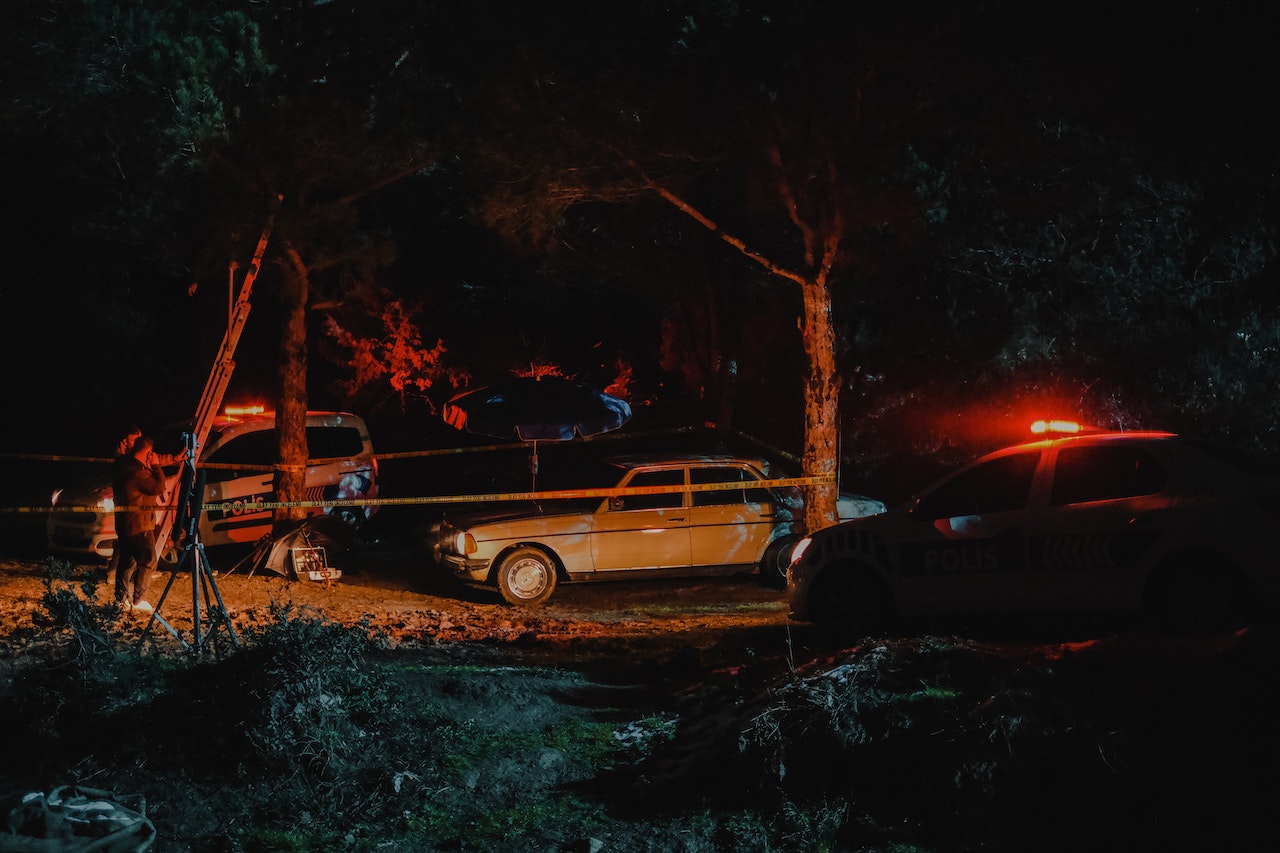The Role of Forensic Science in Personal Injury Cases

Personal injury law provides a legal framework through which parties who have been injured or harmed due to the negligence of another may seek compensation. While the U.S. Courts have reported a 97% surge in personal injury filings, the vast majority of these cases are settled out of court between the claimant and the defendant’s insurance company.
In most cases, individuals who pursue this course of action have a legitimate personal injury claim, however, there are others who make false or exaggerated claims in order to fraudulently receive compensation. According to data from the Coalition Against Insurance Fraud, insurance fraud costs the United States $308.6 billion each year.
Fortunately, due to advancements in technology and the use of modern scientific methods in assessing personal injury claims, it is becoming easier to differentiate between false and legitimate claims. Forensic science is proving to be particularly beneficial in helping to establish the facts and, therefore, deliver justice for both parties. In this article, we will take a closer look at the role of forensic science in personal injury cases to help shed light on the truth and in achieving a fair outcome.
Accident Reconstruction
It is not always easy to determine the cause of an accident, particularly when the accounts of each party differ vastly. Accident reconstruction is an area of forensic science that is commonly used in personal injury cases to help establish the facts. This is especially so in motor vehicle accident cases such as those handled by this injury lawyer in Indianapolis.
Accident reconstruction experts analyze and piece together evidence left at the scene of a crime to recreate the accident and reveal the possible events that led up to it, and ultimately, attribute liability for it. This is done in a variety of ways including:
- Scene examination: Evidence from the accident scene including skid marks, road conditions, the location, position of vehicles involved, and debris are all examined.
- Vehicle examination: A detailed examination of the vehicles involved in the accident is conducted to assess the damage, taking into account vehicle components like tires, brakes, lights, and steering.
- Event Data Recorder (EDR): If available, EDR data from the vehicles will be examined to reveal valuable information such as vehicle speed during impact, steering angle, whether seatbelts were in use, and brakes applied.
This vital information can eliminate much of the guesswork involved, helping to provide clarity in establishing the cause of an accident.
Toxicology Analysis
Forensic toxicology is a field of science that involves the analysis of biological samples and chemical substances for the presence of toxins, including prescription medications, alcohol, and illegal drugs.
The results of this analysis can be used to determine the potential
effects of a substance on an individual in personal injury cases involving
impaired drivers, toxic exposure, and medical malpractice. Forensic
toxicologists are frequently called upon to provide their expert testimony in
court in relation to these matters.
Evidence from them can help to determine causation in cases where the wrong dosage or medicine was given to a patient resulting in harm or injury to them. It is also relevant in car accident cases where drug or alcohol impairment may have played a role in the accident, helping to attribute fault.
Toxicology analysis can also play a crucial role in wrongful death cases where the cause of death may be questionable or suspicious. This may involve a forensic autopsy where various blood, tissue and fluid samples are taken to provide evidence that can point to the true circumstances and cause of death.
Ballistic Evidence
Forensic
ballistics refers to the field of forensic science that deals with firearm-related
injuries. Ballistic injuries can give rise to various personal injury claims
including in relation to self-defense and the negligent discharge of firearms.
For example, a soldier may make a claim against a colleague who accidentally shot him during a military exercise, resulting in life-threatening injuries. Ballistic analysis can provide vital evidence to support or refute a personal injury claim. This can include things like:
- Trajectory analysis: This can determine the path of the bullet and the angle from which it was fired.
- Gunshot Residue (GSR): GSR found on the clothing or skin of the injured party or on the hands of the shooter can provide valuable evidence about the proximity of the shooter at the time the shot was fired.
- Entry and exit wounds: These wounds on the claimant’s body can provide information about the angle and distance from which the bullet was fired.
By using these forensic
science techniques, liability in a personal injury claim can be established
more easily helping the parties involved reach a just outcome.